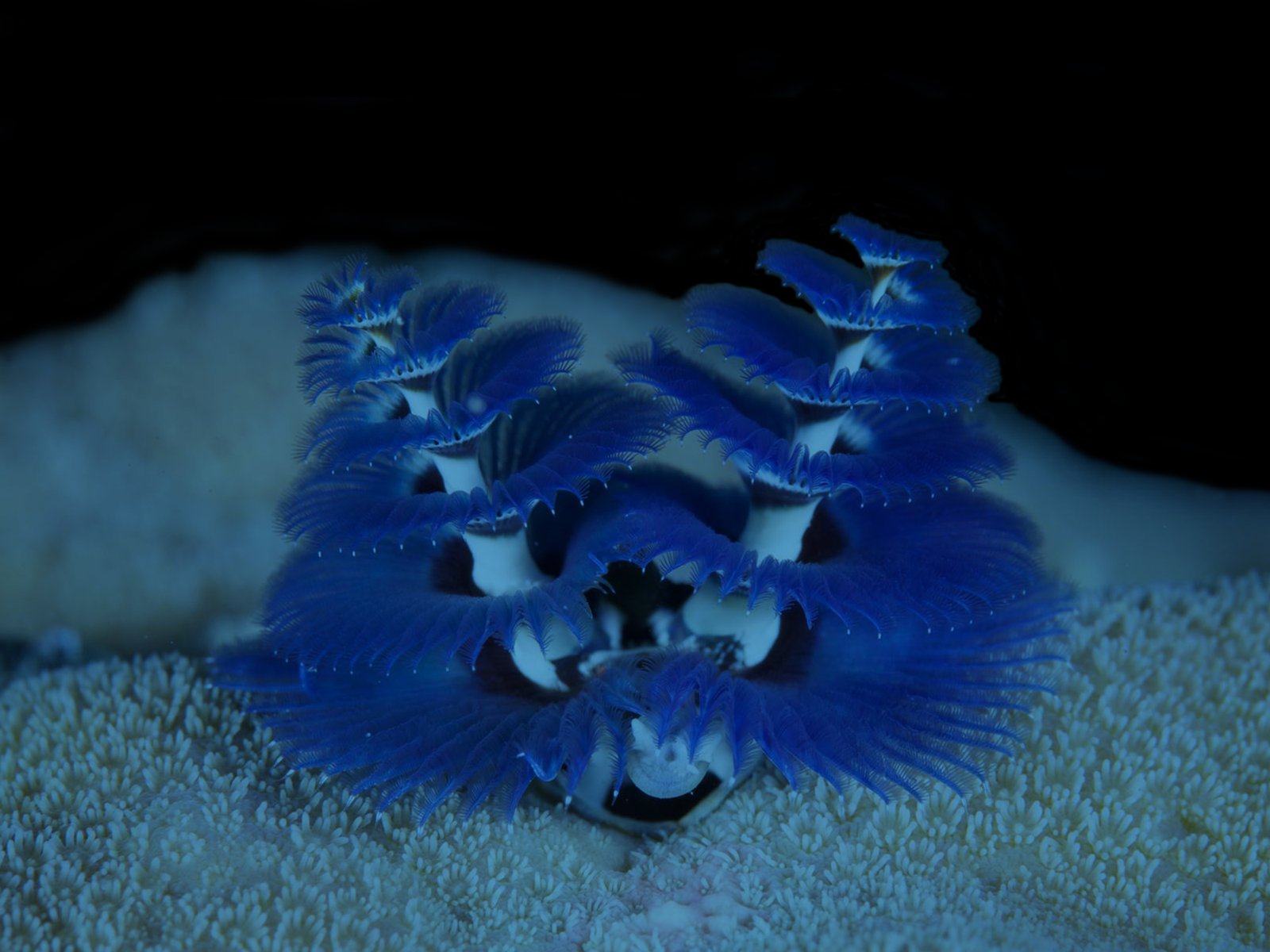Biodiversity
Biodiversity is the variety of life, extending from the level of genes, to species, to ecosystems.

Biodiversity is the variety of all living things; the different plants, animals and micro organisms, the genetic information they contain and the ecosystems they form.
Species are the building blocks of biodiversity. Researchers at the Australian Museum continue to discover new life forms, sometimes in previously inaccessible areas such as ocean depths and isolated tropical islands, but often in existing collections (including our own), urban bushland and even right under our noses in Sydney Harbour. Every new species is formally introduced to science through a publication; the classification of the living world is based entirely on published taxonomy.
Field work by Australian Museum researchers results in the addition of new specimens to the Museum’s already significant collection of biological specimens, including holotypes and paratypes – the original specimens used by scientists to describe and name new species. This framework helps us to understand the patterns of biodiversity that play a vital role in sustaining life on Earth.
The Australian Museum’s research also plays a key role in identifying and monitoring potential threats to Australian biodiversity, including from climate change, urbanisation and invasive species.
Biodiversity research undertaken at the Australian Museum provides an objective basis for understanding and making decisions about the environment. It adds to knowledge about species of fauna, including many threatened and endangered species, and how human and other impacts affect their distribution.
- About 35,000 species of plants are estimated to be of medicinal value; but only 5000 have been studied in detail.
- Thousands of organisms help clean and recycle the air, water and soil that all humans depend on for survival.
- Maggots can clean wounds more efficiently than most medical treatments.
- Leech saliva contains the anti-coagulant hirudin, which can help prevent heart attacks and strokes in humans.
- Velcro was invented in 1941 based on the tiny hooks found on burrs (seeds) of the burdock plant.
- Many crop plants can be used for food or to produce ethanol, biodiesel fuel and cooking oil.
- If it weren’t for the approximate 100,000 different types of organisms that feed on dead things, the Earth would be covered in rotting material.
- 75% of the world’s population rely on natural medicine for health care.
- Ten of the world’s 25 top-selling drugs are derived from natural sources.







